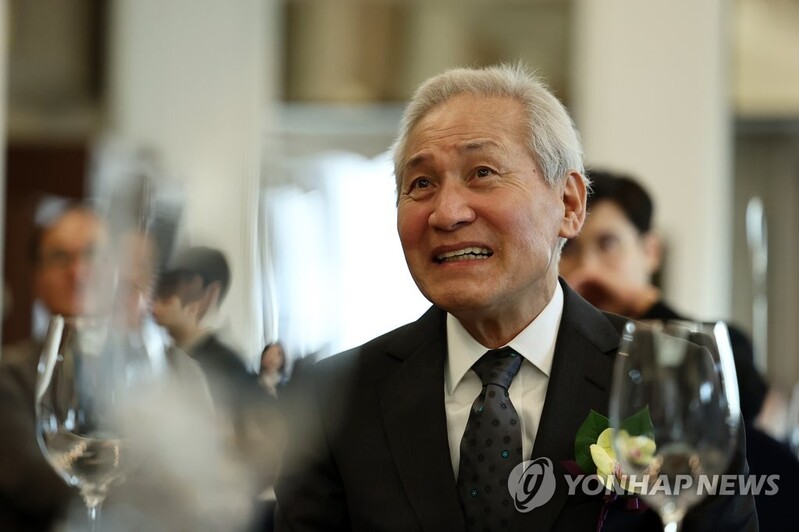*Editor’s note: The number of global Hallyu (Korean Wave) fans is approaching approximately 225 million, according to the 2024 report by the Korea Foundation. The surge in fans marks the dawn of the "Digital Silk Road" era, where communication transcends the limitations of time and space, enabling real-time interaction across the globe. Truly, we are in the era of "Hallyu 4.0."
Suk Soo-sun's Design Management Story: The Current State of Tourist Information Services in Korea
Contributed by Suk Soo-sun (professor at Yonsei Graduate School of Communication & Arts)

The Korean government continues to implement various policies to attract foreign tourists, including visa relaxations, improving tourism infrastructure, and hosting cultural events to enhance visitor convenience.
These efforts have positioned Korea as an attractive travel destination, positively influencing the recovery of the tourism industry.
This year, authorities are further diversifying and specializing the information provided for international visitors. Korea offers a wide range of attractions, such as K-pop, K-food, and picturesque seasonal landscapes, and relevant authorities are systematically delivering the information that foreign tourists need.
 |
| ▲ Taiwanese tourists are throwing snow and taking commemorative photos at Gyeongbokgung Palace in Jongno-gu, Seoul, on Jan. 5, 2025, during "Sohan" (Minor Cold). (Yonhap) |
Foreign visitors access tourism information through multiple channels, including websites, mobile applications, social media, brochures from tourism boards, and hotels. Notably, the Korea Tourism Organization's website and mobile app provide multilingual support to improve accessibility, while major tourist sites and service providers minimize language barriers with signages in English, Chinese, and Japanese.
Tourism information is also segmented based on regional characteristics. In addition to well-known attractions, hidden gems are highlighted to meet diverse traveler preferences.
The scope of information related to K-food has expanded, covering traditional Korean dishes, modern fusion cuisine, and regional specialties. Additionally, hands-on experiences like cooking classes and culinary culture programs offer visitors deeper insights into Korean culture.
Essential transportation information is provided to enhance accessibility, with guidance on subways, buses, taxis, and how to purchase and use transportation cards. Shuttle bus services connecting tourist attractions are also introduced. Moreover, information on emergency responses, such as handling infectious diseases like COVID-19 and accessing medical services, ensures that tourists can travel safely.
Social media platforms, blogs, and YouTube channels also play a significant role by sharing reviews and experiences from individual tourists. These resources greatly assist other travelers in planning their trips.
In conclusion, Korea's tourism authorities are continuously improving the accessibility and quality of information for international visitors. Multilingual support, diverse information offerings, K-food promotions, and cultural experience programs significantly contribute to making Korea a more enjoyable and attractive destination.
Moving forward, Korea’s tourism industry should focus on maintaining these positive trends and offering even more diverse tourism content to attract foreign tourists, ultimately solidifying its status as a global travel destination.
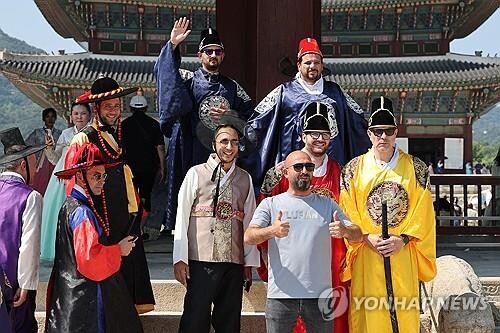 |
| ▲ Foreign tourists visit Gyeongbokgung Palace on June 13, 2024. According to the Korea Tourism Organization's Tourism Data Lab, 4.866 million foreign tourists visited Korea from January to April 2024, an 86.9% increase compared to the same period the previous year. (Yonhap) |
◇ Current Status and Improvement Directions for Tourism Information for Foreign Tourists
Although Korea provides diverse tourism information for foreign tourists through various local governments, several issues remain.
Addressing these problems is crucial to enhancing the travel experience of tourists and strengthening the competitiveness of Korea's tourism industry.
First, there is a lack of consistency in the information provided.
As the sources of tourism information diversify, information about the same tourist destination often varies, leading to confusion among foreign tourists. For example, operational hours, admission fees, and transportation methods for a particular site may differ depending on the source, making it difficult to access accurate information. Additionally, inconsistencies in website information and UX/UI across languages undermine reliability.
Second, there are limitations in multilingual support.
Although efforts have been made to strengthen multilingual support, some regions and attractions lack services in languages other than English, Japanese, or Chinese (e.g., Spanish, Russian, Arabic). This makes it difficult for tourists who use these languages to access the necessary information.
Third, the reliability of information needs improvement.
Some tourism information distributed online contains inaccuracies or outdated content, reducing trustworthiness. Information disseminated through social media, in particular, is often unverified, leading to misguided decisions.
Fourth, access to certain tourist destinations is challenging.
Some attractions are located in areas that are difficult to reach using public transportation, causing inconvenience for foreign tourists. While much tourism information is available online, there is insufficient offline information for tourists who may face difficulties using mobile data. Inadequate information provision in such cases makes it hard for tourists to obtain the necessary details.
Fifth, there is a lack of understanding of local culture.
When foreign tourists fail to understand Korean customs and culture, their travel experience may suffer. If the information provided does not sufficiently reflect cultural nuances, tourists may experience cultural shock.
Sixth, there are time constraints.
When tourism information is not updated in real-time, it becomes impossible to respond promptly to changing situations. For example, sudden weather changes or alterations in event schedules must be promptly reflected, as failure to do so can result in confusion.
In conclusion, while tourism information for foreign visitors to Korea has steadily improved, there are still many issues to be addressed. User-friendly designs for information provision are essential. Efforts should also focus on improving consistency, enhancing multilingual support, and providing reliable updates on appealing K-content.
By implementing these improvements, foreign tourists will be able to enjoy a richer and more satisfying experience in Korea.
(C) Yonhap News Agency. All Rights Reserved



















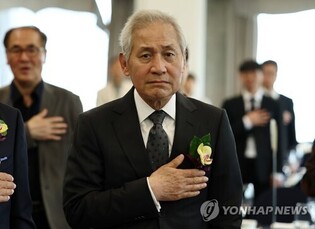
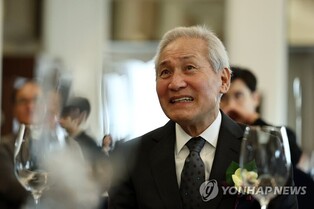
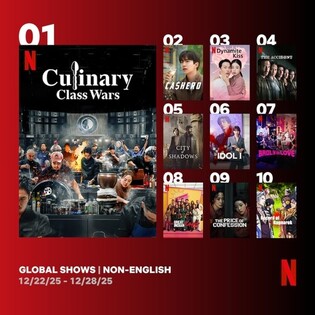


![[가요소식] 베이비몬스터, 첫 북미 투어 다큐 공개](/news/data/20260102/yna1065624915971209_797_h2.jpg)






